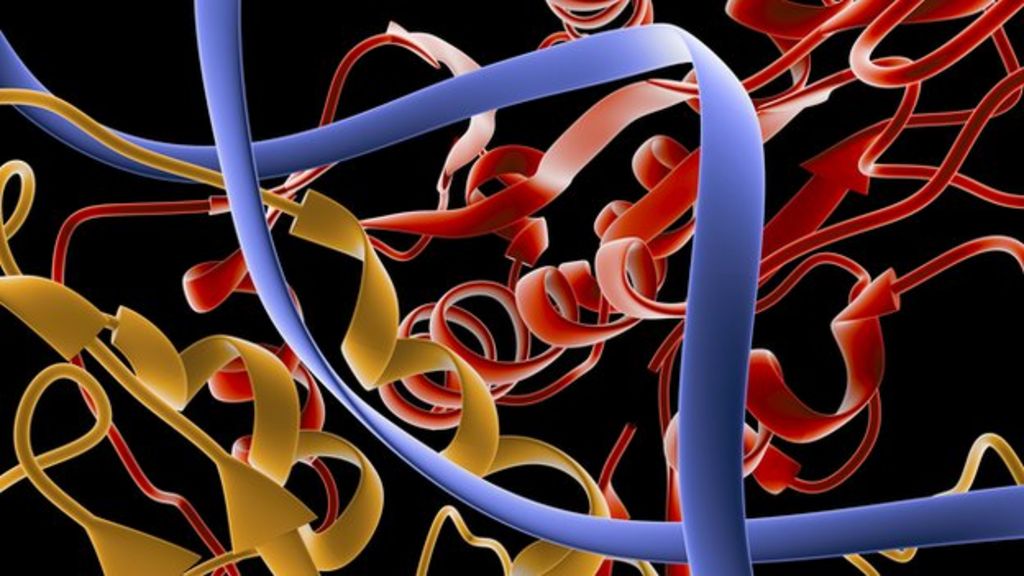Enzymes:
Enzymes are biological substances that are used to promote the growth rate across industrial processes. They typically serve as biological catalysts within a chemical reaction. Enzymes follow a lock and key model, i.e. they are highly specific in nature. Thus, enzymes cater to the aggradation of a particular reaction model. An enzyme increases the reaction rate, by lowering the activation energy for the conversion of substrates to products. They are highly temperature-sensitive in nature. Thus, steady environmental conditions are maintained during industrial applications for enzymes.
Market outlook for Enzymes:
Enzymes were valued at a global market size of USD 10 Billion in the year 2019, the CAGR is estimated to be around 8% between the period 2021-2025. The industrial growth rate of this product is majorly governed by the increased use of enzymes across key verticals like Food and Beverages, Chemical Production, Biofuels, etc. Growth in technical development across sectors like Biotechnology is anticipated to promote the development of this market. Economically sustainable industrial processes like biocatalysis through isolated enzymes are often used in hydrolytic and isomerization reactions. This process was developed as a cost-effective method as opposed to the use of whole cells for biocatalysis.
Whole cells are utilized when the reaction requires a co-factor, i.e. they are generally metallic ions that serve as helper molecules during enzyme activation. They reduce the reaction time associated with biochemical reactions. Generally, co-factors are produced in-vitro. Thus it is economically viable to make use of metabolically active cells instead.
Key-Value Chain Segments:
The Food and Beverage industry accounts for one of the key segments of this market. A shift in consumer pattern owing to increased health awareness has resulted in a growth in consumption of functional food products. The increased demand for high-quality food products is one of the key drivers for the use of enzymes in the F&B vertical. The rise in the use of natural taste, as well as flavoring components, is also expected to boost the market expansion rate.
The untapped potential for protein engineering within the Life Sciences and Biotechnology Industry is also expected to serve as a driver for this market. This area of research focuses on the artificial synthesis of different enzymes for the catalysis of chemical reactions. Protein engineering is expected to be one of the key value adds to this product since it caters to value chain expansion for this vertical. Another factor that drives the market demand is the growth in population density over the last decade. Additionally, the inception of the pandemic, COVID-19 has caused a surge in consumption of dietary supplements. Customized enzymes are hereafter engineered to cater to the burgeoning demand for healthy food alternatives.
The increased R&D investment within the Biotechnology, as well as Pharmaceutical sector, is also anticipated to support the market development. Strong research infrastructure within regions like NA and APAC is expected to increase the market penetration rate of this product.
Prominent segments within this market:
Biological enzymes are derived from three main sources including Plant, animals as well as microorganisms. Microorganism-based enzymes account for a key market segment owing to their increased market penetration. The use of fungi-based enzymes within industry verticals like the production of soy sauce, beer, baked goods as well as processed food items is expected to drive the market growth.
Regional Growth trends for this market:
North America dominates the Industrial Enzymes market. The presence of key players within the Biotechnology Industry further supports the growth dynamics. The use of enzymes in the development of sustainable fuel alternatives like biofuels is expected to be one of the key drivers. The US government has adopted several measures to increase fuel-based sustainability. Initiatives like the Renewable Fuel Standards program (2005) serve as one of the key drivers for the growth in research associated with Biofuels. Additionally, the EU has also undertaken initiatives that support the inception of a circular economy.
The meat processing sector also accounts for a major contributor to this market. According to the FAO, the increased consumption of meat products within the EU and the APAC is expected to drive the demand for enzymes within the F&B industry.
Industrial Process Limitations for Enzymes
Enzymes account for a maximum segment of the operational cost during an industrial process. Therefore, the enzymes are generally recovered and reused to optimize the cost. Biocatalytic reactions occur as a batch process to cater to the efficient recovery and separation of the products from the enzyme. The reactions take place in an aqueous medium (in the presence of an organic solvent) which promotes the ease of separation.
The bioconversion within this reaction is generally followed by a separation process. This method inhibits enzyme activity due to product accumulation. Process design engineers across the globe are trying to devise solutions to optimize both enzyme recovery as well as process efficiency. The development of in-situ separation processes is expected to drive the manufacturing capability for biochemical reactions.
Moreover, processes like the immobilization of enzymes further enhance the efficiency associated with enzyme recovery. Immobilization of enzymes on a solid material (for instance, a porous material) is expected to improve the process efficiency. Prior to industrial application, properties of enzymes such as activity, stability, selectivity (towards non-natural substrates), and inhibition (via the accumulation of reaction products) can be artificially modified through this process. Reagents with low toxicity are generally used for this application.

